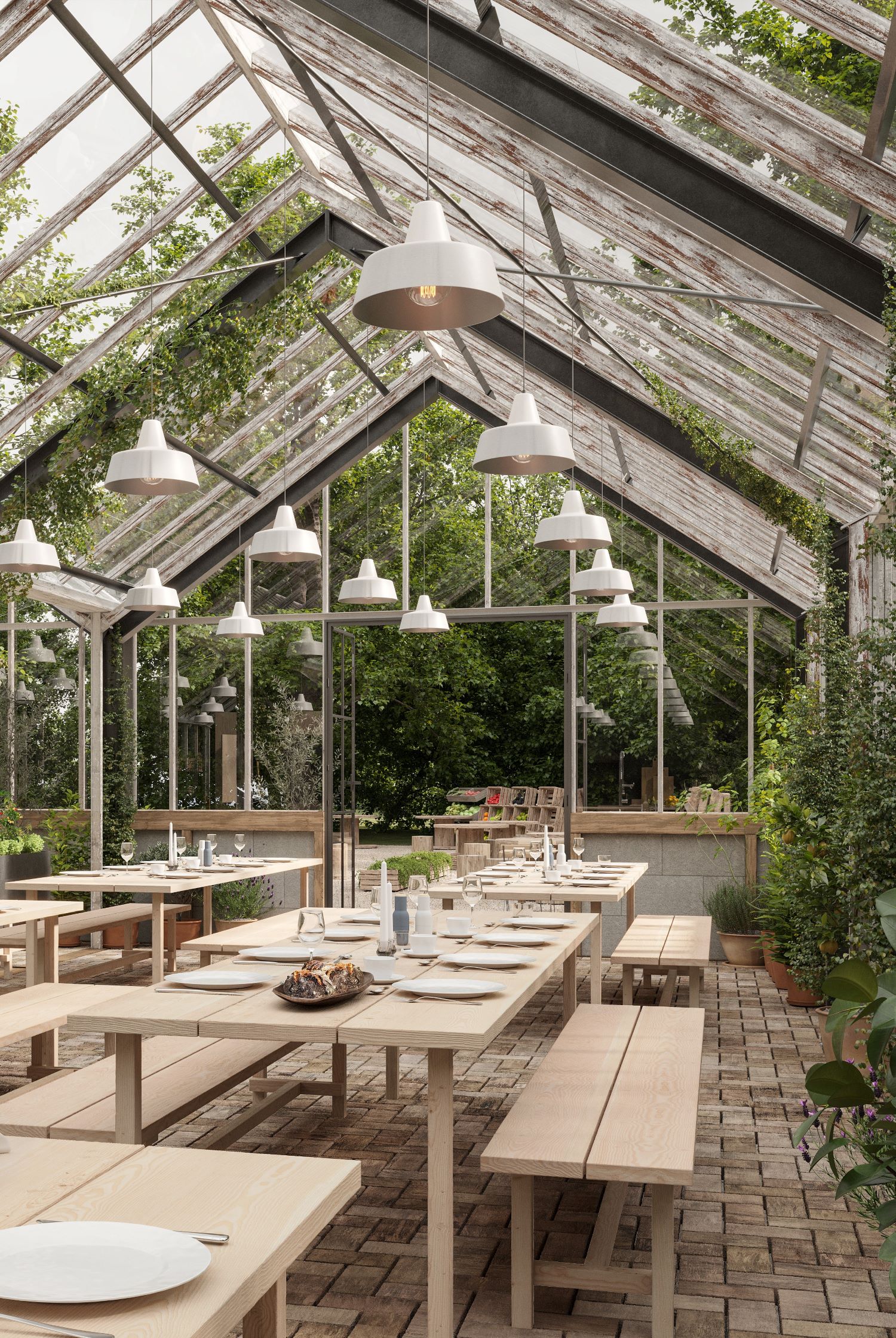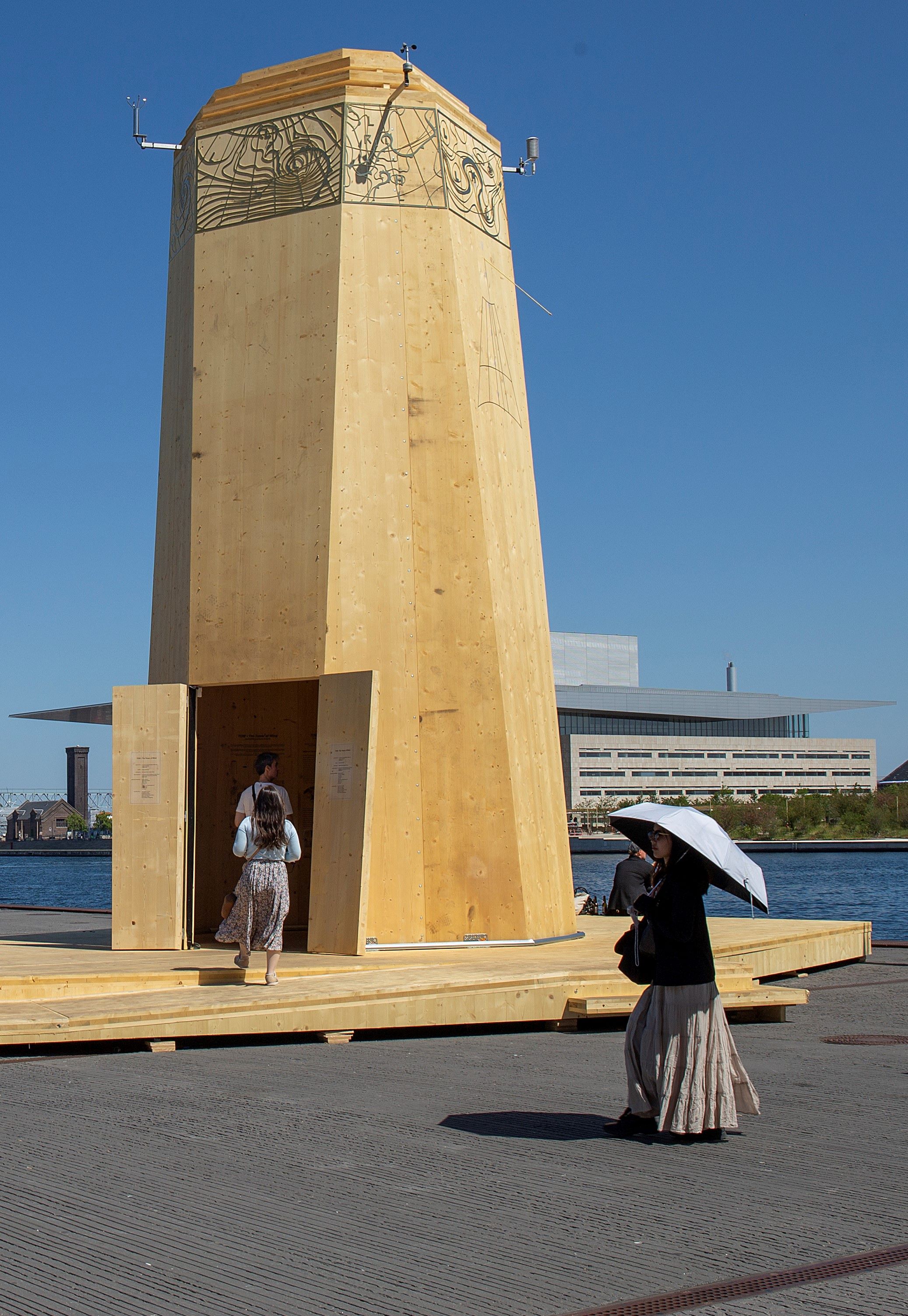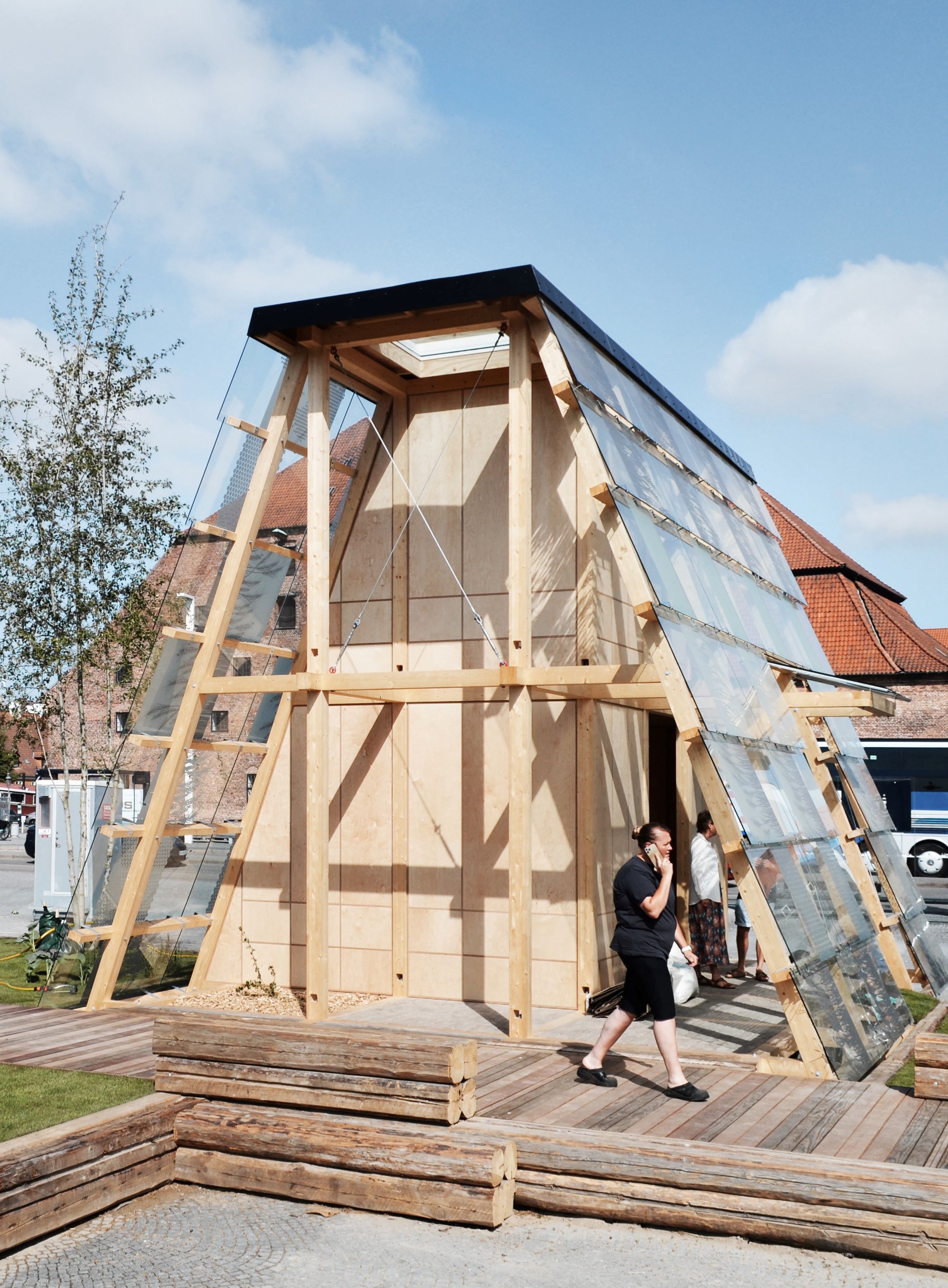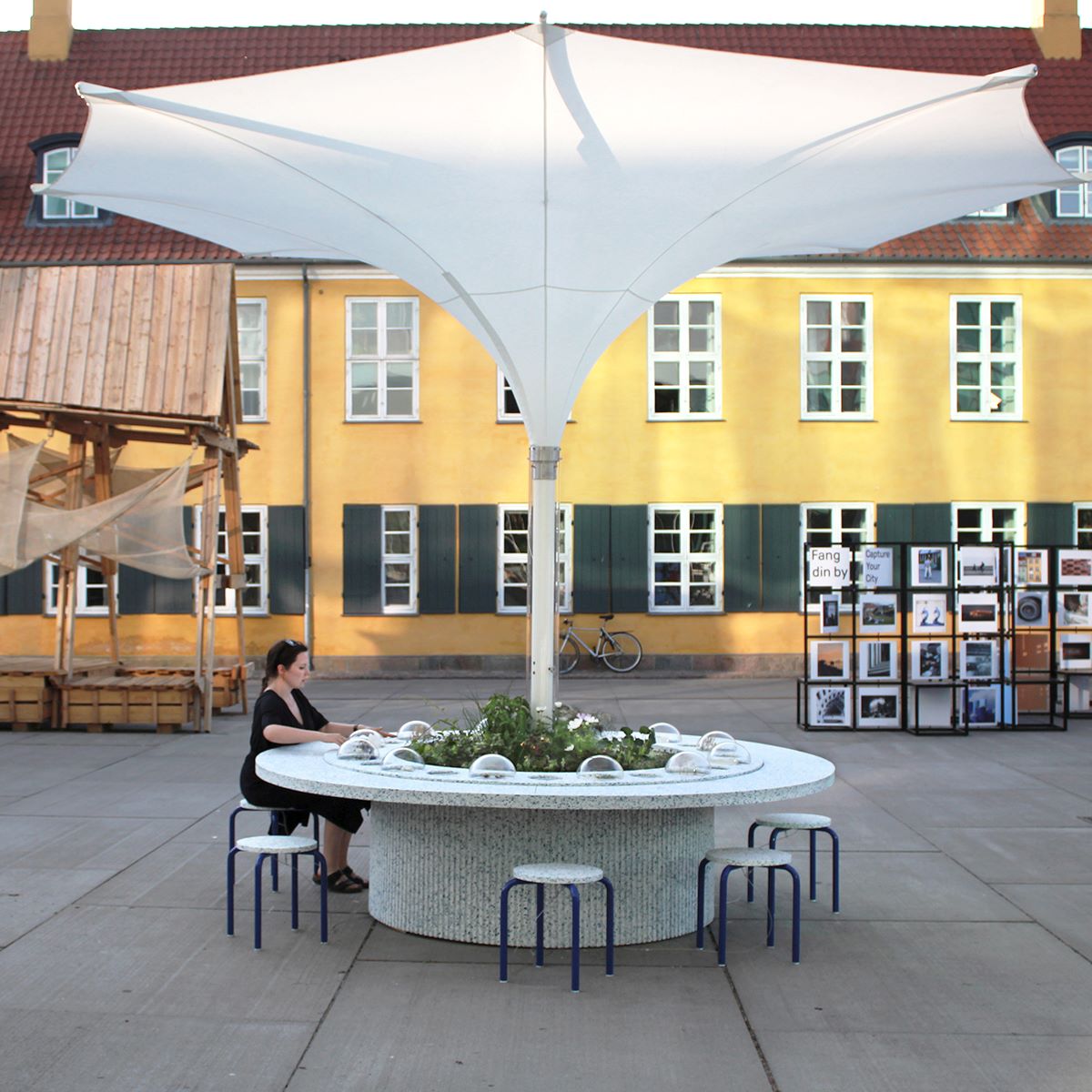Daylight contributes to more sustainable architecture as it is an important factor for people’s well-being and health. A space where the perceptual, aesthetic and poetic potential of daylight are experienced in a series of spaces. Architects: Royal Danish Academy & Claus Pryds Architects





















